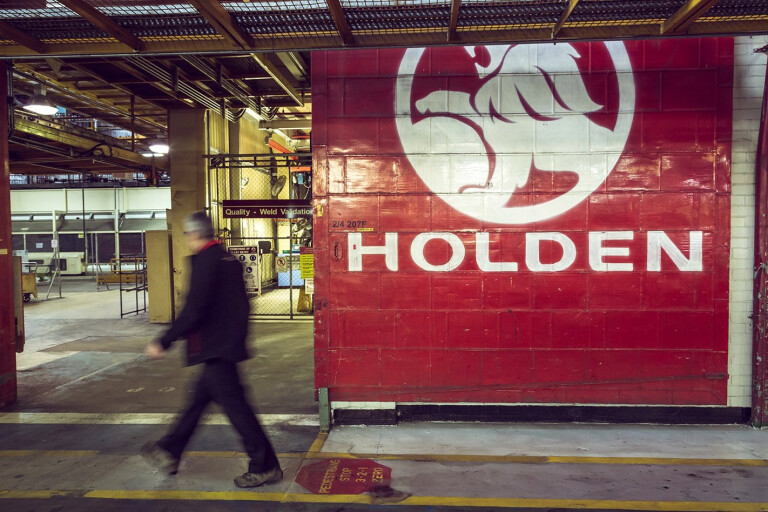
Did you see it coming? Did you predict that Holden would end its own life? Maybe you had a hunch, or maybe like me you thought it was possible… but not probable.
I definitely didn’t think it would happen so quickly, or with such finality. I thought Holden would fight to survive, because I believed that the Lion still had a heart. History shows I was wrong.
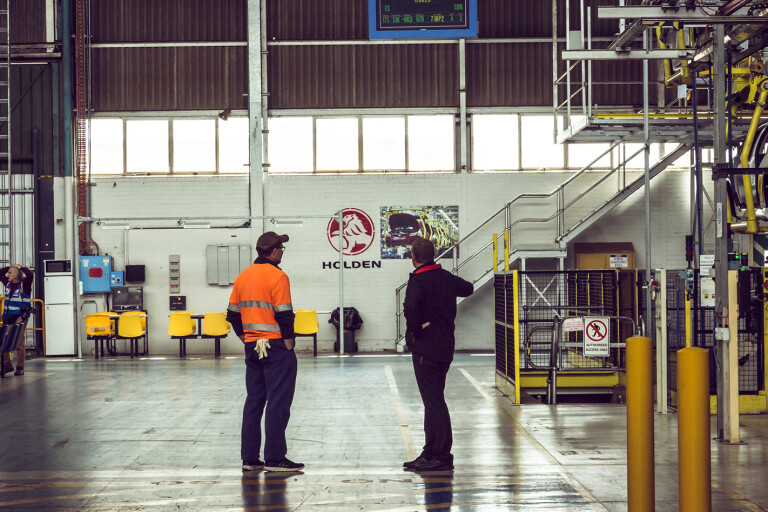
History also shows that Holden ultimately did not have control over its own existence when it mattered most. This is the same brand that was the darling of the General Motors world in the early 2000s.
Its Zeta platform would be built on two continents for five brands and underpin 500,000+ rear-drive sedans and coupes across the globe.
Fast-forward 15 years and that same GM who once saw the potential for a little Aussie battler to take on the world decided to stop right-hand-drive production altogether, effectively killing Holden in Australia and New Zealand.
In Australia Holden was struggling, sales down 30 percent year on year on year, a decline we can now label a death spiral. But in New Zealand, Holden was one of the top four new car brands. It was doing well. But New Zealand is far too small a market to make a difference.
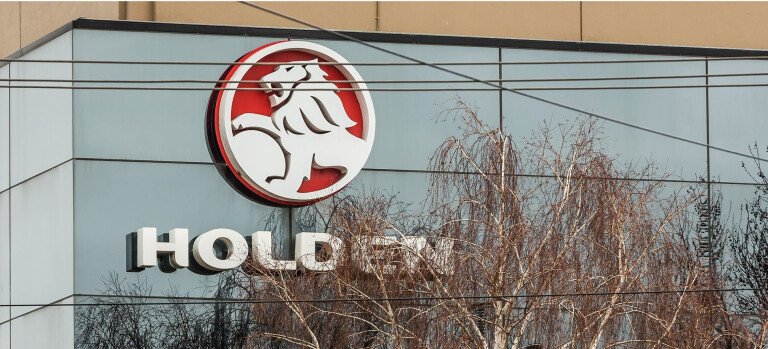
In recent years, GM had started withdrawing from other RHD markets like Japan, the UK and South Africa, so perhaps we should have seen this coming sooner. No doubt many industry ‘experts’ will write their obit Op Eds thus as the corpse of ‘Australia’s Own’ is picked apart in the coming days, weeks and months.
Some scribes will posit that the end began with the Button Plan in the mid-1980s, and I agree in part. For me, that plan’s overarching ambition for Australia to build cars to take on the world was right.
Its flaw was focusing on Australian ingenuity to cost-effectively match existing international standards when the real threat was Asia’s nascent capability to mass-produce anything for less than more mature markets.
Lowering tariffs did make Australian cars more competitive in the short term, but it also brought war to our shores. Australia was invaded by cheaper rivals built-in countries whose workers weren’t paid as much and didn’t enjoy the same high standards of living.
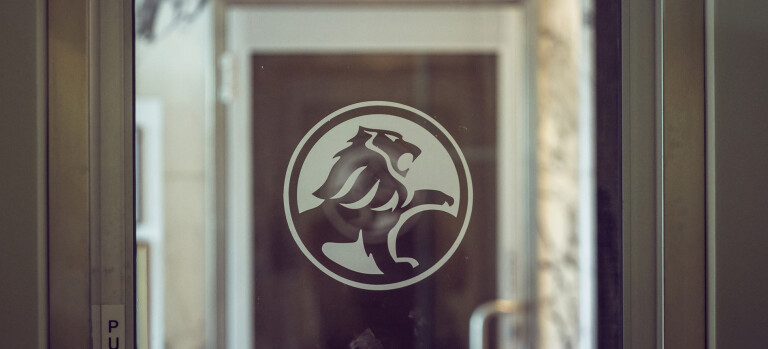
But we can’t lay all the blame at Senator Button’s feet, because Mitsubishi, Toyota and Ford all faced the same challenges as Holden and they’re all still alive. Should we blame Holden’s excessive reliance on – and billion-dollar investment into – VE Commodore in the 2000s, a time when consumer tastes were changing radically?
Holden wasn’t alone in underestimating the SUV threat. Around the time Ford launched the Territory SUV in 2004, charismatic Ford Australia MD Geoff Polites gave me his market forecast for the decade ahead: SUVs, small cars and large cars would each hold 25 percent of the market, and all other types would fight for the rest.
Today, Australians buy more SUVs than all other vehicle types combined. Three-quarters of all new vehicles sold are SUVs and LCVs. Passenger cars squabble for leftovers, and as for the large car category which once dominated this country – the battleground of Commodore and Falcon – it is insignificant.
But again, Ford, Toyota and Mitsubishi weathered the market’s large-scale defection to SUVs from large cars, whereas Holden didn’t. Why?
What else can we blame for Holden’s demise? Everyday Australians like you and I must take some responsibility. Instead of spending our hard-earned money supporting our nation’s car building industry we took our cash to import brands that gave better value for money or understood what we really wanted. This is not fickle consumerism, it’s consumerism.
Should we blame our political leaders who didn’t do enough to save Australian jobs or fight hard enough for fairer free trade agreements with Thailand, China, USA and other potentially lucrative markets?

Scott Morrison, Karen Andrews and others certainly haven’t wasted any time slinging arrows at Holden and GM in the wake of Tuesday’s announcement, all but accusing General Motors of stealing $2 billion of taxpayers’ money in recent years.
Perhaps they’re feeling betrayed on behalf of a nation, but I wonder if they are also trying to divert blamestorming focusing on their own complicity and inaction. Attack is the best form of defence after all.
Wherever you point the finger, it’s a sad end for a once proud brand that gave Australia so much since it began as a saddlery almost 130 years ago. A brand whose modern-day rebirth in 1948 was the poster-child for an optimistic nation post-WWII. And a brand whose highs and lows have carried a nation and which is etched into our national identity.
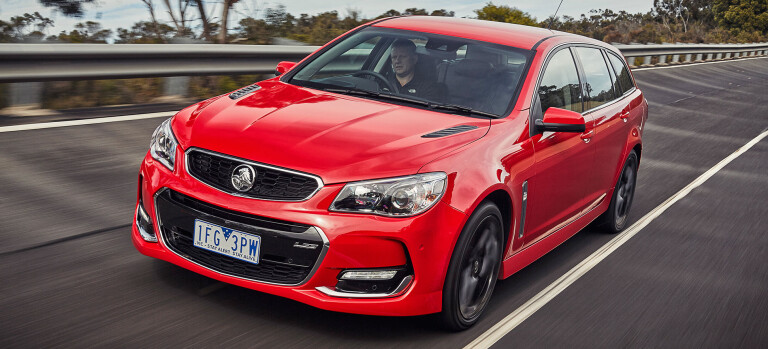
Holden is gone. Australia has lost an icon.
COMMENTS